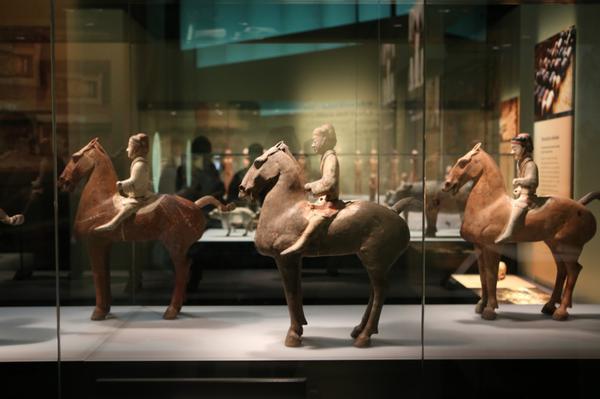 Exhibits are pictured during the media preview of the Terracotta Warriors: Legacy of the First Emperor exhibition at the WA Museum Boola Bardip in Perth, Australia, on June 25. ZHOU DAN/XINHUA
Exhibits are pictured during the media preview of the Terracotta Warriors: Legacy of the First Emperor exhibition at the WA Museum Boola Bardip in Perth, Australia, on June 25. ZHOU DAN/XINHUAAustralian Ben Davy has never been to China, but the history teacher knows one of the country's top attractions is its Terracotta Warriors.
So, when a major exhibition on the ancient artifacts opened in Perth, Western Australia, on Saturday, Davy was at the front of the long line at the WA Museum Boola Bardip.
"It's one of the wonders of the world, and we're really lucky to be able to see it here," said Davy, 36.
The Terracotta Warriors: Legacy of the First Emperor exhibition, showcasing the famous artifacts of the Qin Dynasty (221-206 BC), runs until Feb 22, 2026.
It is being seen as the most significant event of its kind in the Australian state.
The chance discovery of the Terracotta Warriors near Xi'an, capital of Northwest China's Shaanxi province, in 1974 is considered one of the world's greatest archaeological finds.
Buried for over two millennia, the life-sized warriors were created to guard China's first emperor, Qinshihuang, in the afterlife.
"This is a world-exclusive exhibition, distinct from anything ever shown at the WA Museum, or, indeed elsewhere in Australia," Alec Coles, CEO of the Western Australian Museum, told China Daily.
"It includes more than 225 exceptional ancient Chinese artifacts, most of which have never been seen in Australia before, and nearly half of which have never left China," he said.
Coles said museum visitors will encounter life-sized warriors from Qin's tomb alongside rare objects of art, everyday life and ancient rituals.
"They will also experience newly commissioned multimedia, including immersive projections that bring the story to life, and a final digital experience that offers a breathtaking glimpse into the mysteries of the emperor's still-sealed tomb," he said.
Coles noted that the exhibition was the result of strong, long-term collaboration between the Western Australian Museum and key Chinese cultural institutions.
These included the Shaanxi Provincial Cultural Heritage Administration, Shaanxi Cultural Heritage Promotion Center and Emperor Qinshihuang's Mausoleum Site Museum.
"Cultural collaborations like this play a vital role in advancing understanding between Australia and China, fostering mutual respect, and deepening cultural connections. They also demonstrate the important role museums play in promoting global understanding through the sharing of history and culture," he said.
Coles said the museum sees the exhibition as "the beginning of long and enduring partnerships with its Chinese counterparts".
Chinese Consul General in Perth Long Dingbin attended the opening ceremony of the exhibition.
Long said that cultural heritage represents vital achievements in human civilization and serves as a crucial vehicle for mutual learning among civilizations.
"This is an exceptional opportunity for Western Australia. It is like nothing we have ever seen before," Western Australia's Premier Roger Cook said in a statement marking the exhibition opening.
Cook said the exhibition is set to welcome 180,000 visitors across its run, including more than 60,000 from outside the state and overseas, with far-reaching impacts for Western Australia's tourism, hospitality and hotel businesses.
Yu Tao, an associate professor and head of Chinese Studies at the University of Western Australia's School of Social Sciences, told China Daily that the exhibition is far more than a display of ancient artifacts.
Powerful lens
"It offers a powerful lens through which contemporary audiences can engage with the deep continuities in Chinese state formation, cultural symbolism and political imagination," Tao said.
"The Qin Dynasty, though brief, laid the institutional and ideological foundations for what would become the Chinese imperial state."
Tao noted that centralized bureaucratic governance, standardized systems of writing, weights and measures, and unified currency were all initiatives pioneered under the first emperor.
These "constitute enduring legacies that continue to shape China's self-understanding as a unitary civilization-state," he said.
"For Australian audiences, the exhibition serves as an invaluable educational and cultural bridge," Tao said.
"It invites viewers not only to appreciate the artistic and technological achievements of ancient China but also to reflect on how China's past informs its present, especially in terms of governance, identity and worldviews," he said.
Tao also said the exhibition can help draw attention to cooperation and collaboration between Australia and China in the field.
He added that there is substantial potential for collaborative research between Australian and Chinese scholars, not merely in archaeology but in cultural history, museology and public humanities.
alexishooi@chinadaily.com.cn








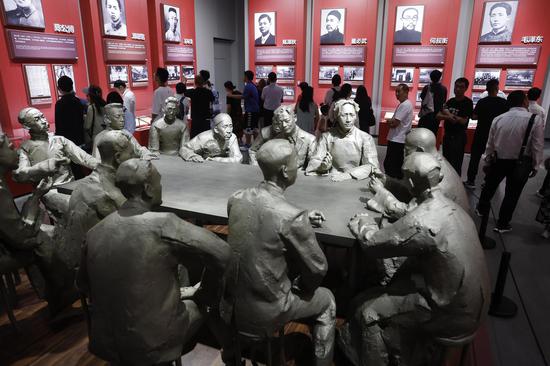
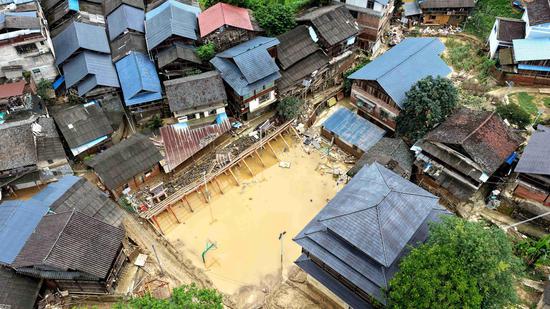


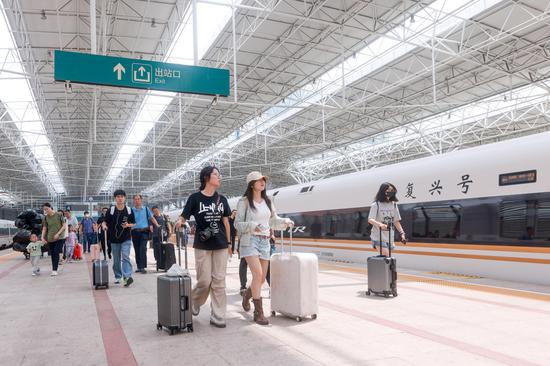

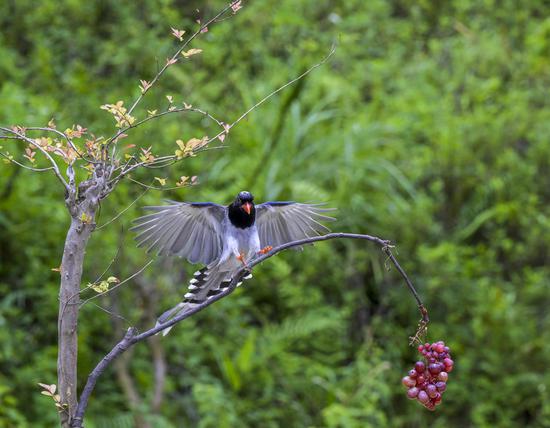
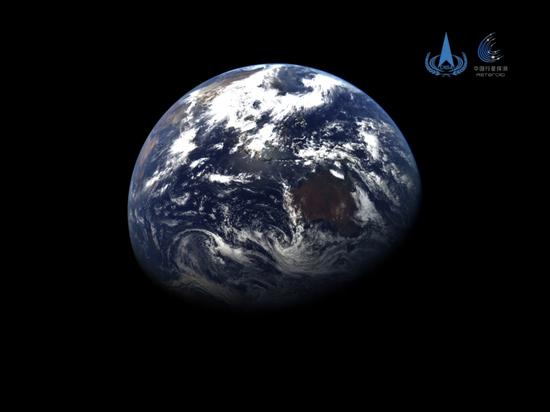
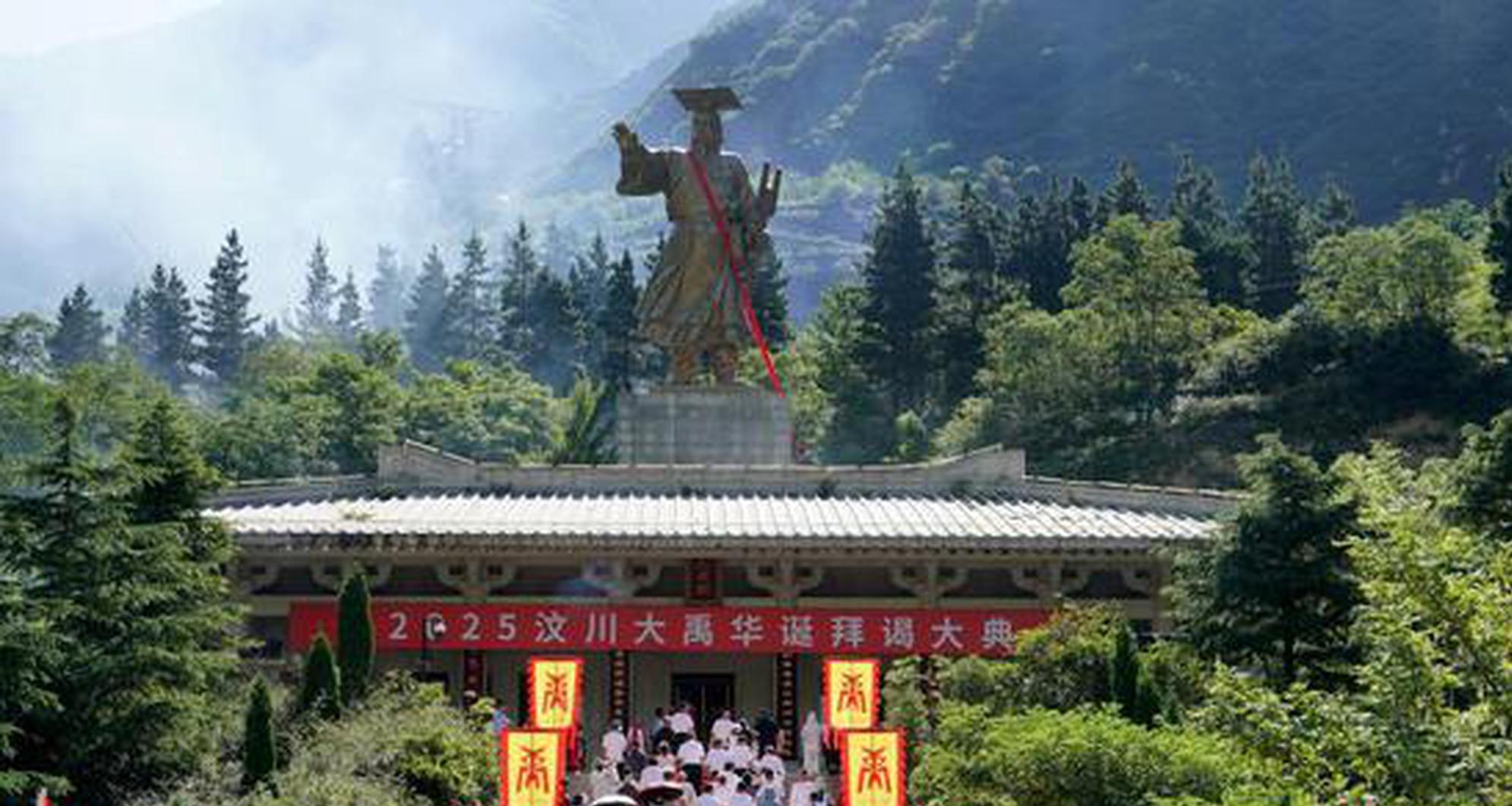
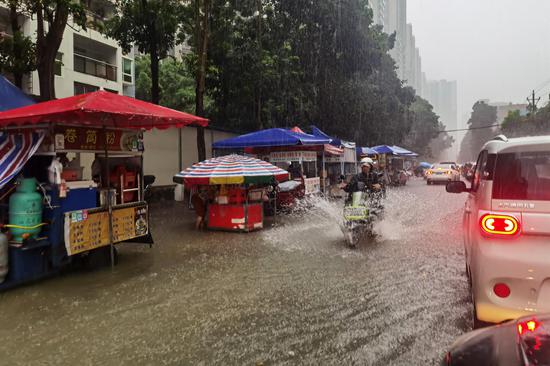

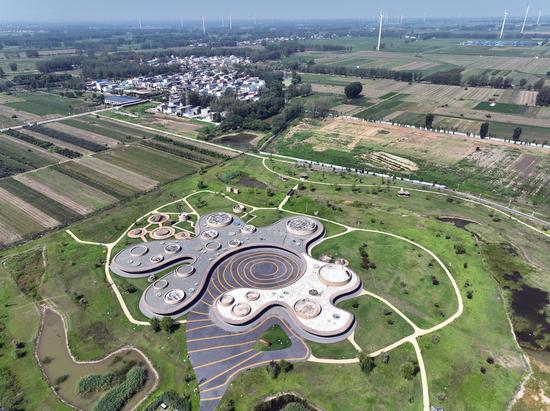

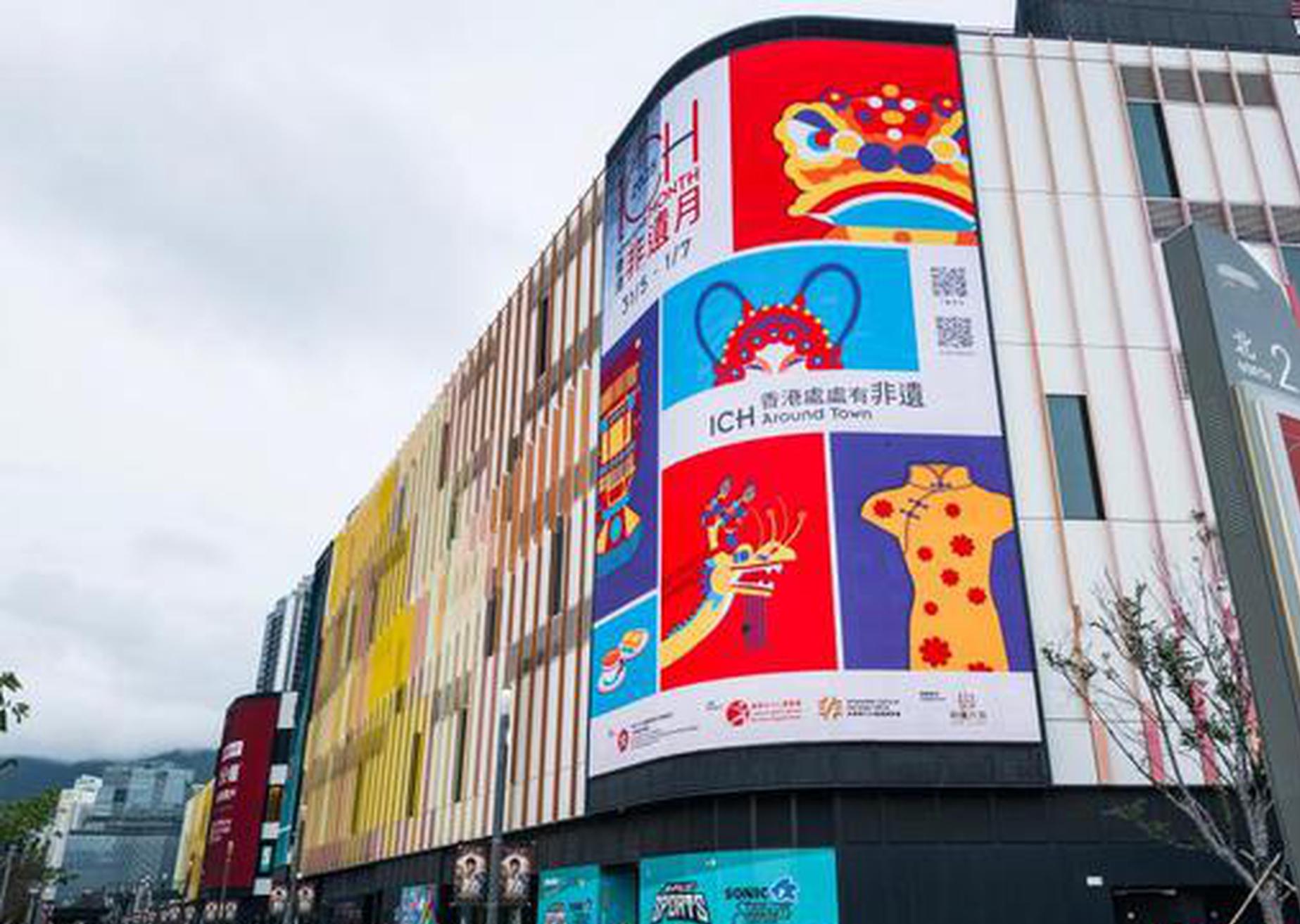

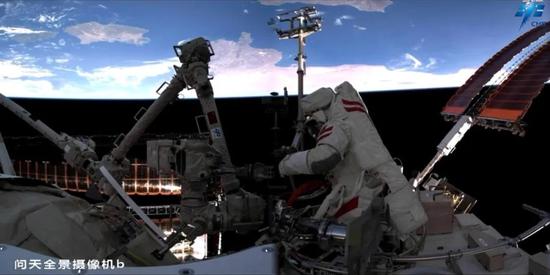
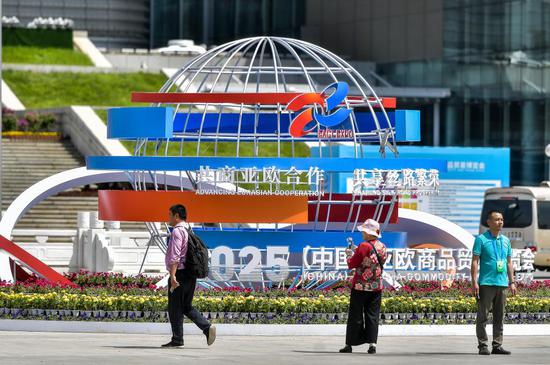
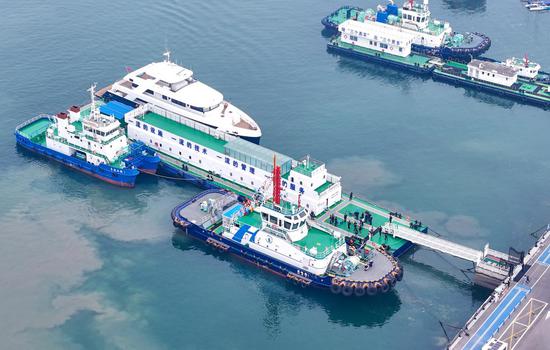
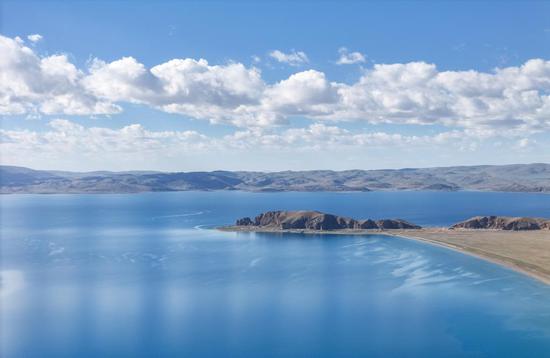


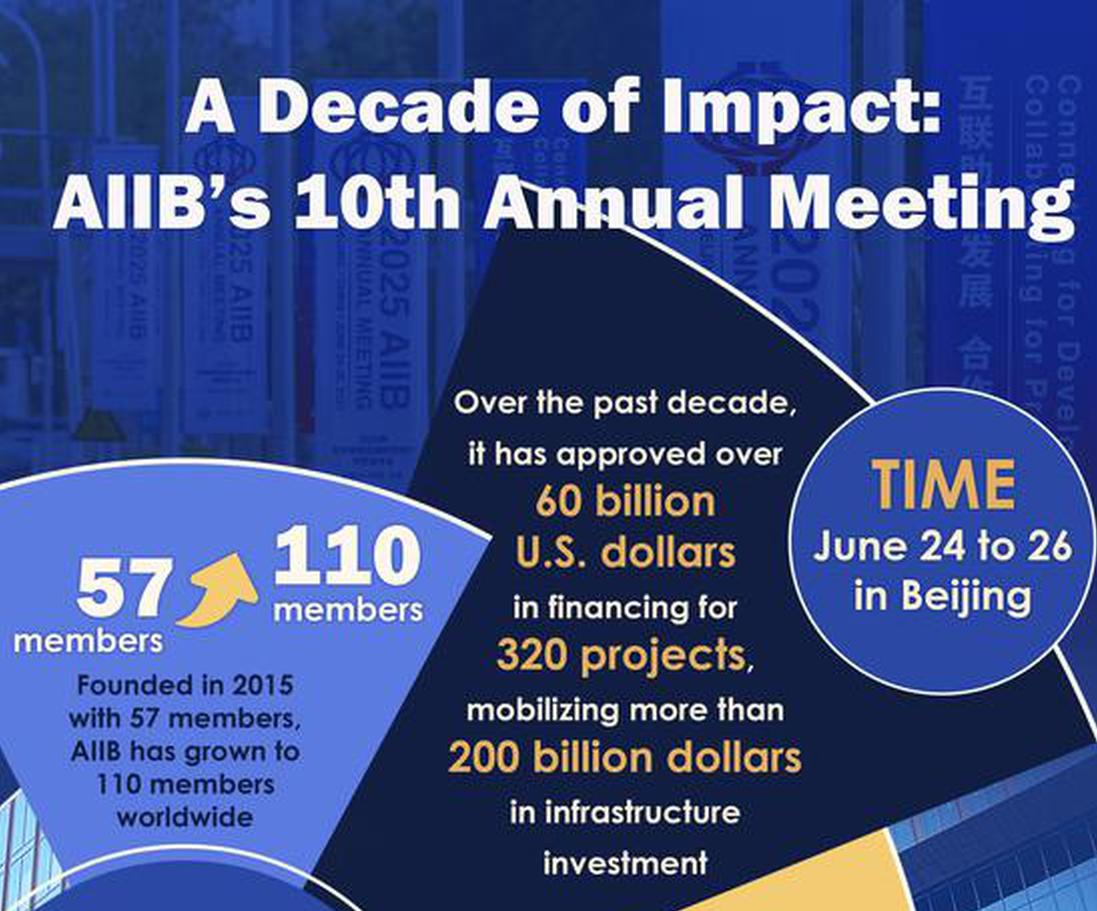
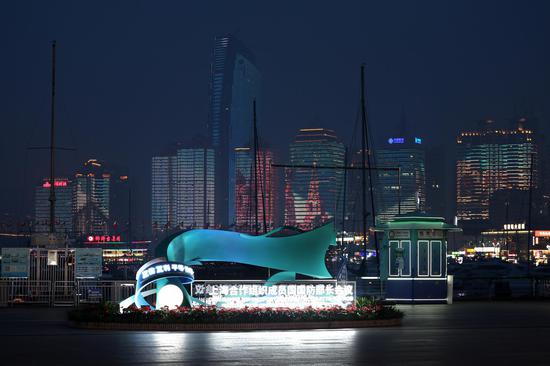
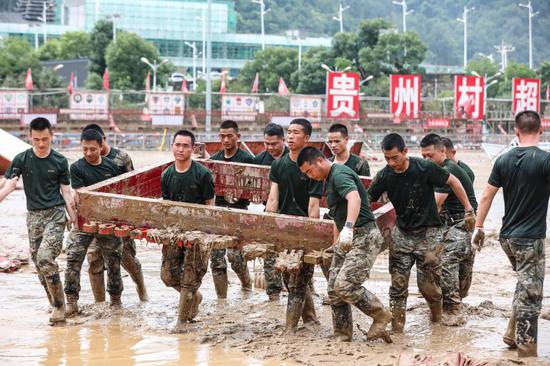
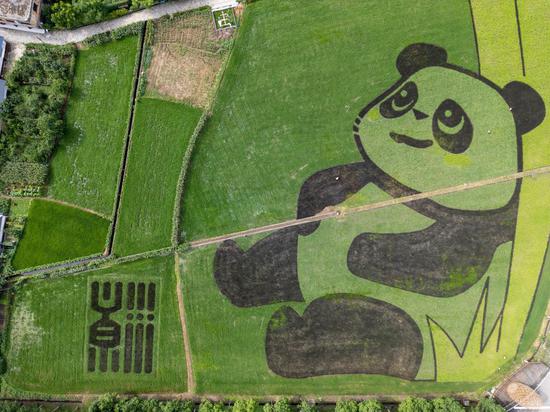
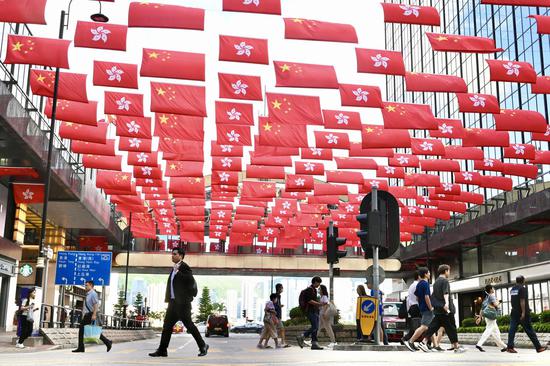

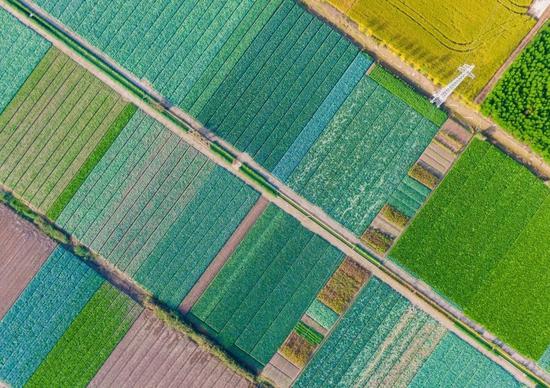
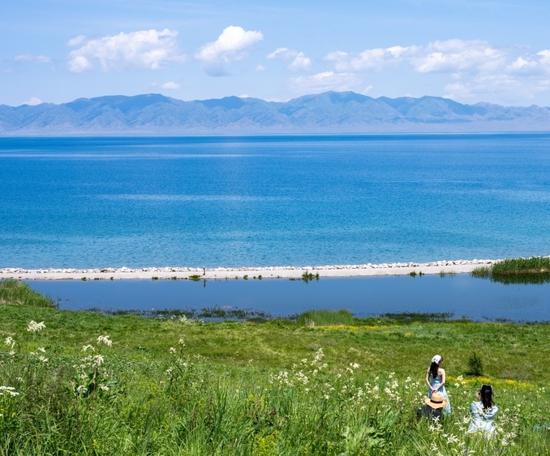
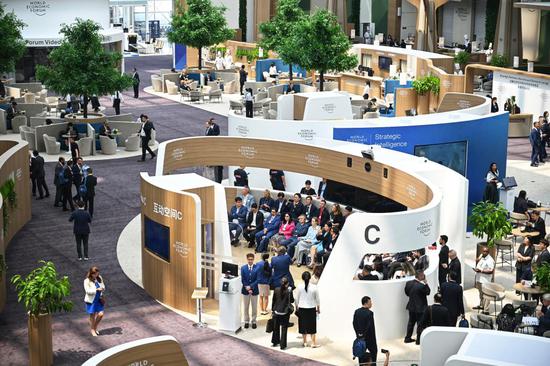
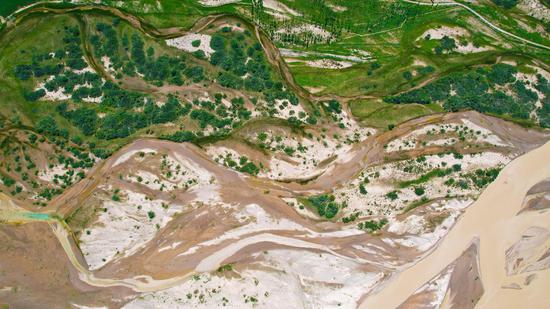
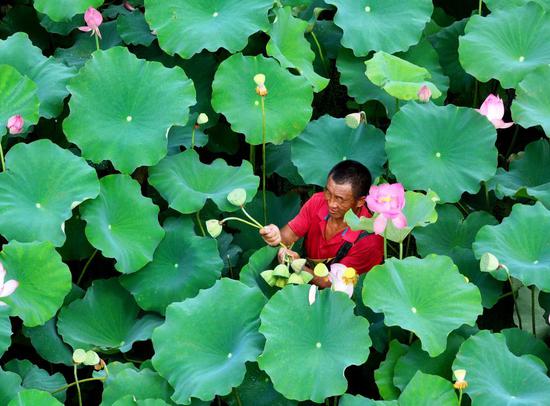


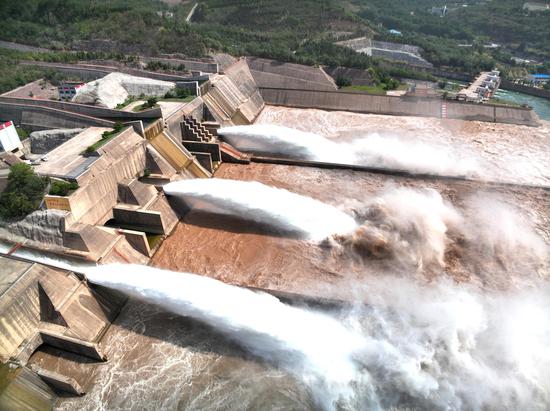
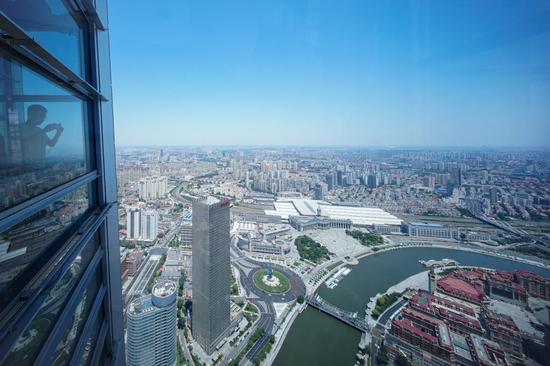
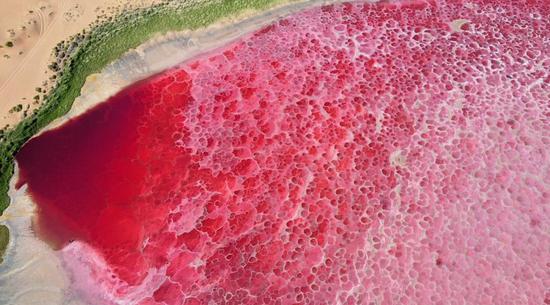





 京公網(wǎng)安備 11010202009201號
京公網(wǎng)安備 11010202009201號